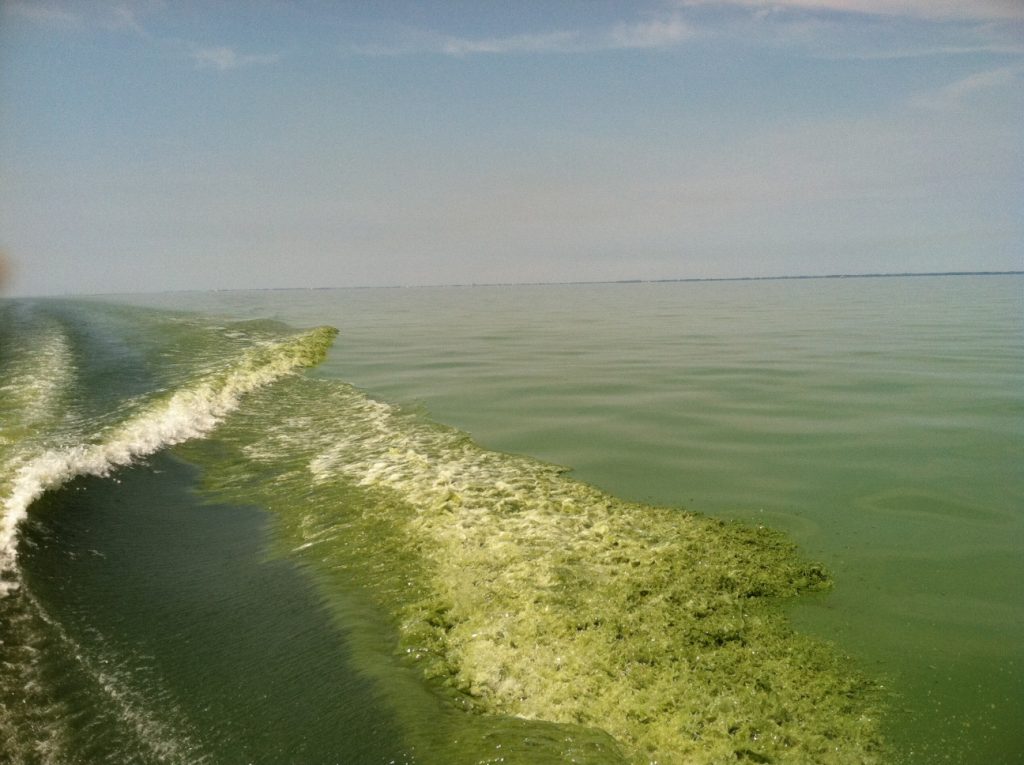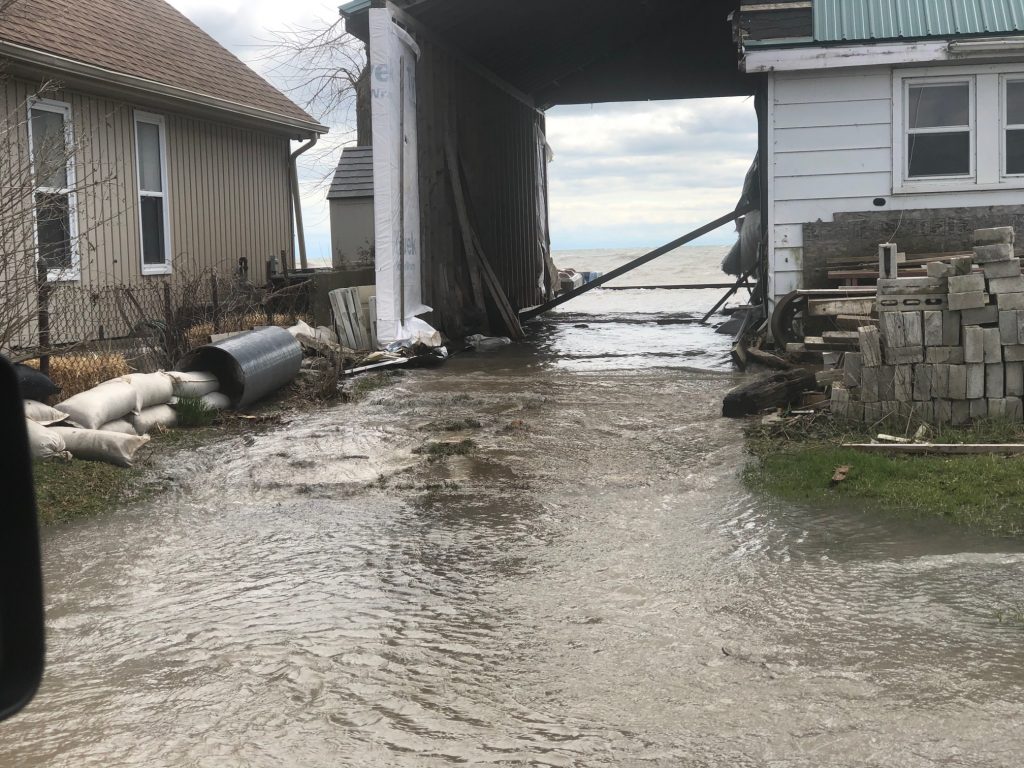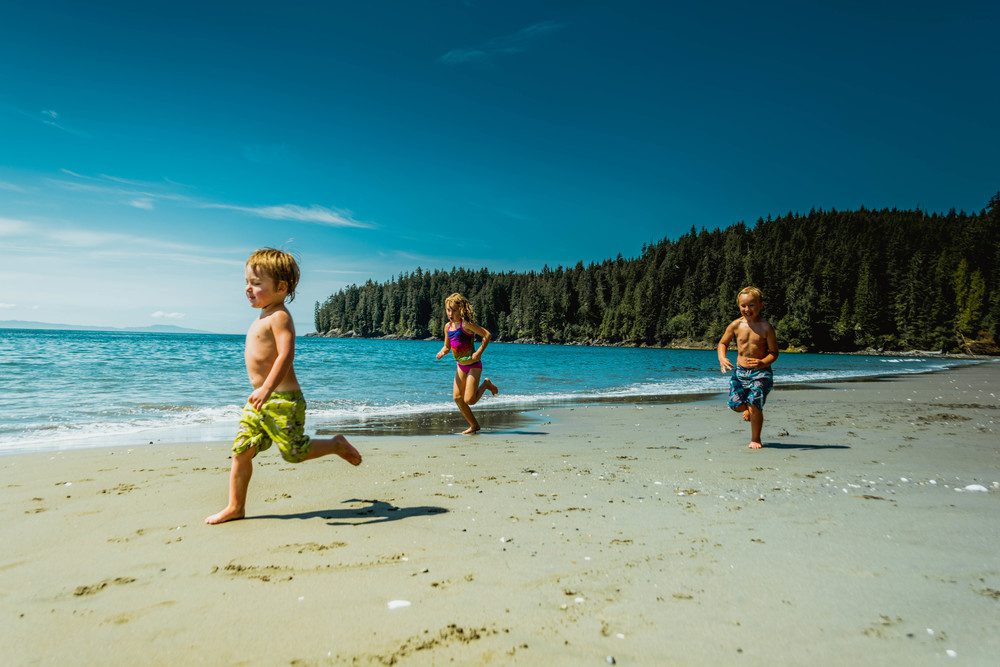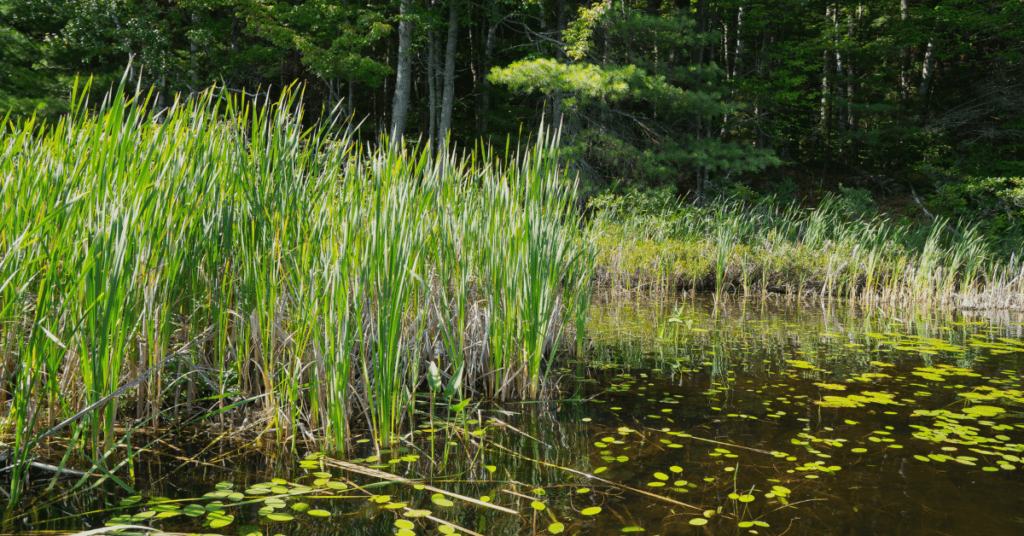Across Canada, there have been calls for a green recovery, and a just recovery as we emerge from the COVID-19 pandemic. It’s so important that governments restart and rebuild the economy in sustainable ways that benefit the health of Canadians and the environment. We can do that by building resilience.
Investing in the protection and restoration of the Great Lakes could be one of the more effective ways to do this. In this blog, we’ll list the top five reasons the Great Lakes are deserving of the attention, and how the investments could benefit us for the long term.
1. Great Lakes investments deliver a major return on investment

There is compelling evidence that building more habitat, restoring contaminated sites and preventing nutrient pollution through the Great Lakes can create an economic spinoff for communities. In the United States, the Great Lakes Restoration Initiative—a federal funding program—has generated a 300 per cent return on investment. It has created jobs and recreational opportunities and boosted tourism.
2. Generating value for local businesses in Great Lakes cities

While we don’t have the same amount of economic studies here in Canada, the ones we do have shown promising results. In Hamilton, for example, restoring the contaminated Harbour and Randle Reef has given the whole community a boost. Bringing the area back from a contaminated site has created $600 million in value for local businesses. This suggests that funding more Great Lakes projects will continue to create similar benefits.
3. Supporting the health and wellness of Great Lakes residents

Science shows us that being near the water can have excellent effects on our mental and physical well being. Studies suggest that time spent by the water can lower stress levels, improve focus and help us sleep better. People seek out waterfront access. They highly value waterfront amenities like recreation and beaches. By restoring and protecting Great Lakes shorelines, we create value and boost opportunities for wellness.
4. Creating long term savings by protecting ecosystems

Investing in Great Lakes protections now can avoid big price tags later. Aquatic invasive species are estimated to cause $7 billion in damage in the Great Lakes each year. Algae blooms could cost the Canadian Lake Erie economy $6 billion in long term damages over the next 30 years if strong action is not taken. Therefore, by investing in projects like invasive species control and nutrient reduction projects, we can shoulder against future costs and save money in the long term.
5. Climate change will be particularly harsh in the Great Lakes region

Finally, and maybe most importantly, by investing in resilience we can better prepare for climate change impacts across the Great Lakes. Studies show that climate change will cause more frequent and more intense rainfall in the Great Lakes basin. This is already causing billions of dollars in damages. More rain in the region is raising water levels. Flooding incidents at Toronto Island, Prince Edward County and the Erieau shoreline in Chatham-Kent are just some recent examples of the impacts of high water. Smart investments can be made to create wetlands, naturalize our shorelines, and make us more resilient to climate change.
When we emerge from the COVID-19 crisis, we need to plan to build back better. There are many ways governments can invest in projects that not only stimulate the economy but also help the environment and make our communities more resilient. By investing in the Great Lakes, we can improve ecosystems, the economy and the livelihoods of Canadians. We can have our cake and eat it too.
Take action. Send a letter to the Canadian government asking them to invest in a green (and blue) recovery.









